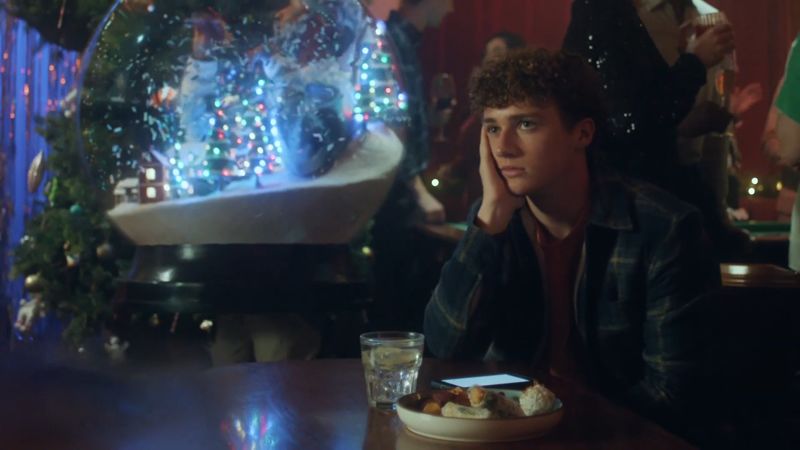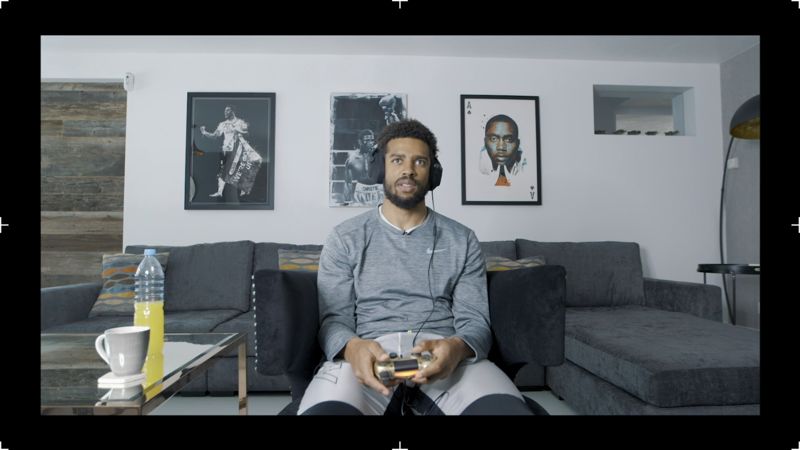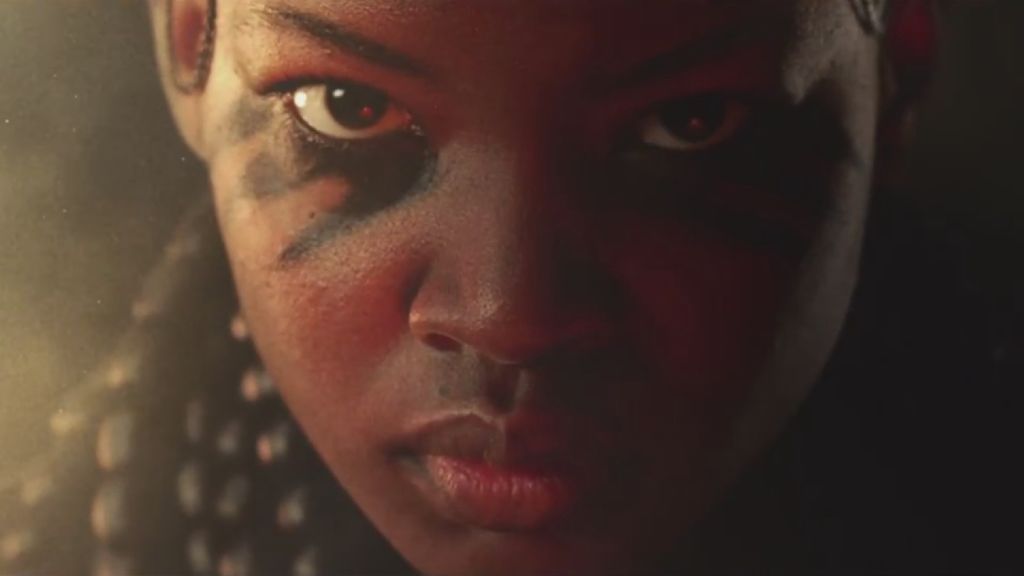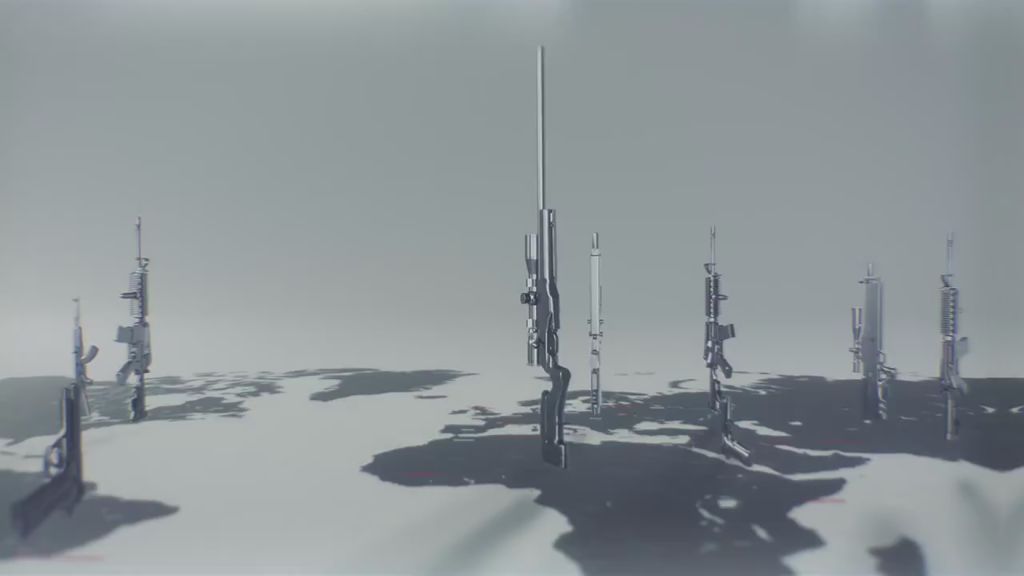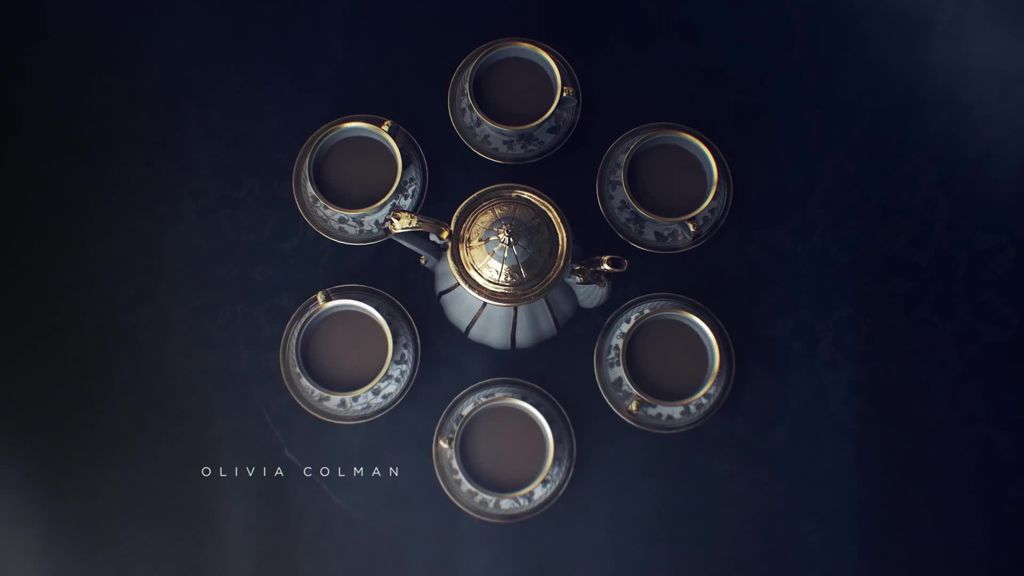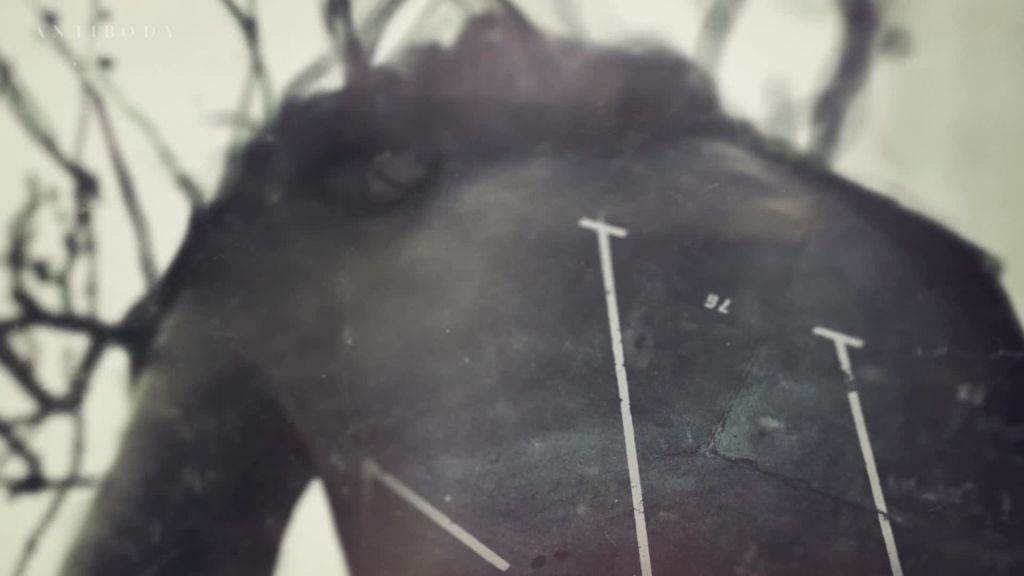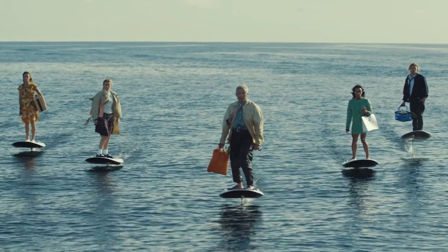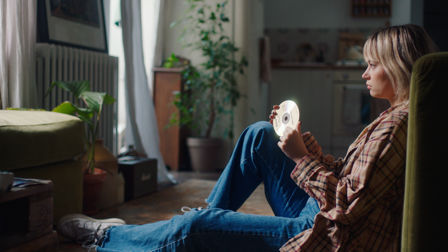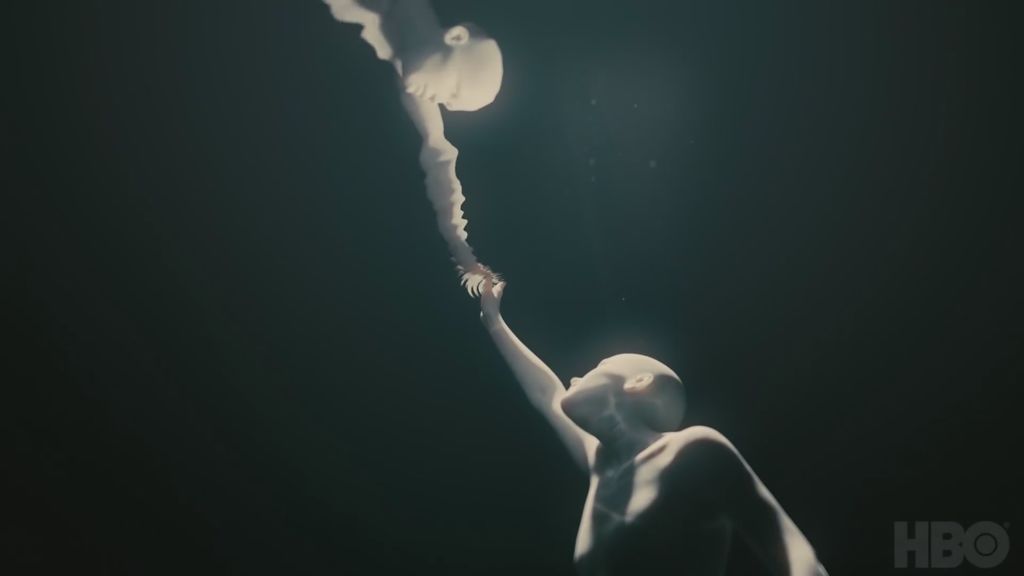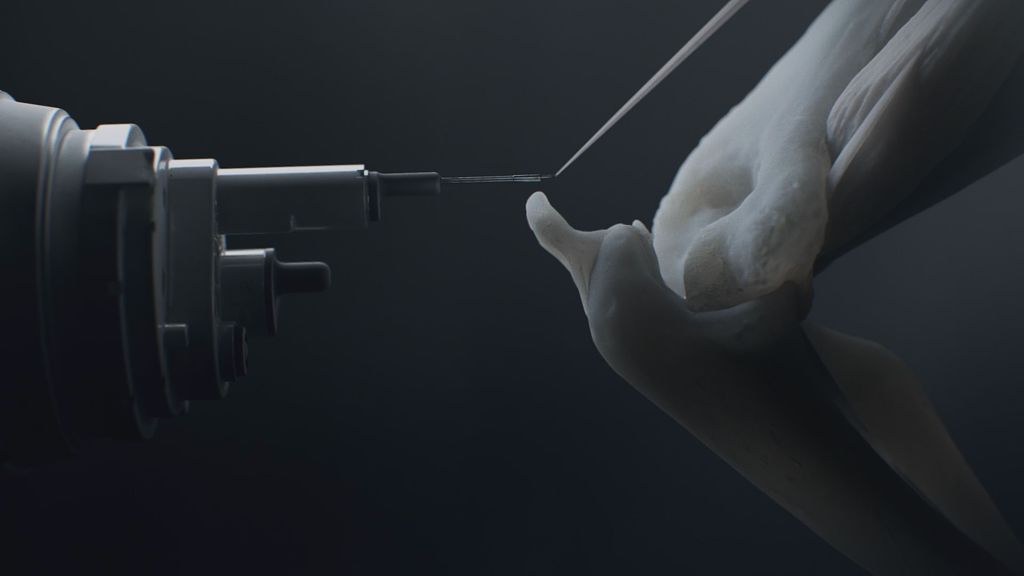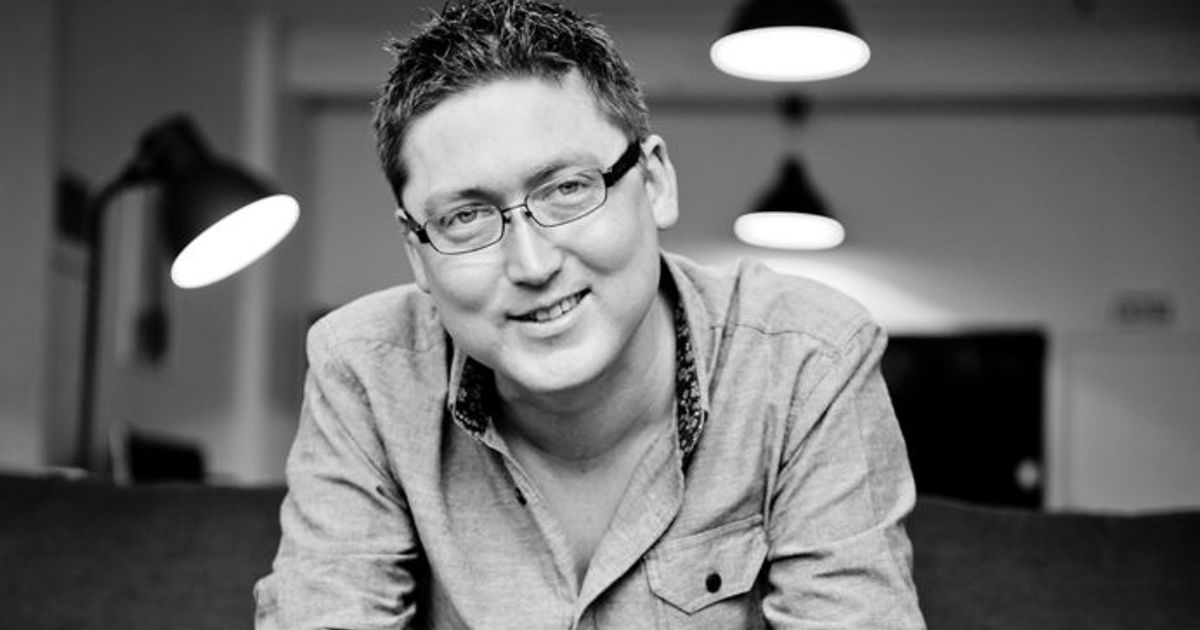)
How to create TV titles using stock footage
From Patrick Clair, a renowned, collaborative mixed-media-master who has led production on titles for HBO's Westworld and True Detective, as well at Netflix's Daredevil, comes an insightful and fascinating dive into the art of Television Titles.
When Pat Clair isn't directing TV Promos, he's off reading books on ceramics and trawling through stock accounts for that one gem that will make a title perfect. Read on to learn more about the SMUGGLER director's process.
When did you first start creating titles for television?
I’ve been creating main titles for about 10 years now. I’m fascinated by the relationship between motion design and live-action filmmaking. On one level, I was always attracted to the wild aesthetic possibilities of motion design - the way you can combine different elements of animation, typography, graphic design and footage in ever-evolving way. However, a passion for storytelling was really what got me into this industry, and title sequences seemed like a place where the art of design collided with narrative in really interesting and unexpected ways.
After way too many years in film school I kicked off my career at MTV - churning out promos and design packages. It was great fun, but after a while I started to crave more storytelling substance in my work. For a few years I worked with broadcasters in Australia to make documentaries - always animated, always short form and often interrogating topics I found interesting. Usually they would look at some issue around ethics and technology that was in the news - Google and privacy, Wikileaks and warfare - that kind of thing. Eventually, I realized these short videos exploring real world scenarios (a cyber attack, a security flashpoint) would be equally as good at describing fictional scenarios… and that led to collaborations with video game studios to build worlds for their upcoming games: trailers that could combine a game world with references to real world issues and events.
My rule with stock footage is that the end result must feel greater than the sum of its parts.
Eventually, I found I was craving something more soulful and character focused, and that naturally lead into crafting title sequences for dramas like Westworld and True Detective. I loved the aesthetic opportunities this opened up, but also the chance to use different material - photos, CGI, or even stock footage - to evoke a story in a visually poetic way.
How do you brainstorm ideas to keep titles interesting?
I’m addicted to art books. I know we all use the internet for research these days - and of course I do too - but I love nothing more than spending a quiet afternoon in a bookshop and coming away with a disparate collection of books. I think my favorite haul in one day included a fashion monograph, a book on aircraft design, a collection of gothic street photography and a “what’s new in ceramics” serial. It's a cliche, but inspiration has to come from a diverse range of sources, or we get stuck in the same groove for too long. I remember taking an advertising elective class in undergrad, and the lecturer said “It’s impossible to create a working definition for creativity but let’s try: we’ll call it 'the association of two previously unassociated things'.” It seems reductionist, but it’s stayed with me.
Our world is more abstract, more poetic and capable of hijacking the key motifs of the show and playing with them in ways that are evocative or, sometimes, provocative.
A few years later, a mentor, who was an amazing TV series Executive Producer, was describing the development process and said “if you can’t describe your idea in a sentence then you don’t know what it is.” Those two principles guide my thinking now - the idea should be clear and effortless for the audience, and is often about the collision of two concepts. In Westworld it’s cowboys mash-ed up with robots, In True Detective it’s people broken apart by landscapes, and in American Gods it’s Americana (like astronauts) combined with religious iconography (like crucifixes).
Call of Duty – Black Ops III - Embers 2:07
Far Cry Primal – Far Cry Primal: Age of Death
Hitman – Hitman: World of Assassination
What’s your favorite part of the process?
The first discussions with the show team and the creative process that comes directly after that - there’s something thrilling about a blank canvas. At that point we’re steeped in information from the showrunner, who’s often spent years crafting a world rich with detail and symbolism. We get to pillage that symbolism and find a completely different way to express it than is possible in live-action drama. Our world is more abstract, more poetic and capable of hijacking the key motifs of the show and playing with them in ways that are evocative or, sometimes, provocative.
I remember taking an advertising elective class in undergrad, and the lecturer said “It’s impossible to create a working definition for creativity but let’s try: we’ll call it 'the association of two previously unassociated things'.”
What do you think about when creating titles?
A massive consideration is how the work will be interpreted over time. I love a main title that says something fundamental about a lead character and their trajectory through the world. As a viewer watches the drama unfold across multiple episodes or seasons they gain a deeper and more nuanced view of the character, and that gives the title sequence more relevance and resonance over time.
The Night Manager – The Night Manager Opening
HBO – HBO True Detective Opening
What is collaboration like? Do you have any frequent or common collaborators?
TV is such a truly collaborative medium - compared to say feature films, where there is a director who’s vision is all encompassing. It’s true that most showrunners are a singular force, but they almost always work closely with a team of producers and writers to shape the story of the show. This central circle welcomes a broader circle into it across the process - people like myself or department heads that contribute in more specific ways, and the whole process feels genuinely collaborative with each creative element emerging from discussion and working together rather the view of one person.
There’s something thrilling about a blank canvas.
On our side, the process is equally collaborative. Each day of my life is fundamentally interacting with two key people - my creative partner Raoul (Marks, of Antibody) and my producer Carol Salek. Production/strategic/logistic concerns are as important as any creative decision, and I work with Carol to figure out an approach to everything. Raoul and I share the creative responsibility, we’ve been working together for many years now and it’s a process that I couldn’t possibly untangle. We work together on everything - and any aspect of a project where my sensibilities fall short I can guarantee that Raoul will cover that area… our skills are very complimentary and I couldn’t do it without either him or Carol.
HBO – HBO Westworld - Season 3 Title
HBO – HBO Westworld Opening
What's your favorite title piece?
I love the original Thundercats opening title from the 80s. Not just ‘cause it’s fun and the music is fantastic - every shot shows a beautiful sensibility around composition and making things look iconic. There’s a graphic energy at play and every single light beam of flare is hand crafted frame by frame.
If you can’t describe your idea in a sentence then you don’t know what it is.
How much of the story do you get to know?
We only find out enough about the plot to understand the basics, and I rarely know how a season will end. Plot points aren’t terribly important - we’re more concerned with themes and character, and why this world is the way it is. Really, crafting a strong title sequence is about understand the story the show runner is telling - and I can guarantee that the more time we spend discussing the core themes with the team making the show, the stronger and more effective the title sequence will be.
It's a cliche, but inspiration has to come from a diverse range of sources, or we get stuck in the same groove for too long.
What's the process for collecting stock footage?
Stock footage is a tricky one. We’ve all seen bad stock, and the cheese that comes with it. But, I do believe you can curate stock based on cinematic qualities - not just what’s in an image, but how it’s crafted… light qualities, depth of field, color, atmosphere. If you can find something with a “vibe” that suits your piece then it will never feel like stock to the viewer. My rule with stock footage is that the end result must feel greater than the sum of its parts.
I love a main title that says something fundamental about a lead character and their trajectory through the world.
Sometimes this means material gleaned from the most unusual sources. We didn’t shoot a frame for True Detective, but I’ll always be indebted to the underground bondage-scene photographer from Moscow and his photo of a stripper’s bare buttocks perched on spiky heels. Sometimes we used CGI, like the time we crucified an Astronaut for a new show on Starz or drowned an android on HBO. Sometimes we use cell animation, like the neverending “circle twerk” for MTV or some nicely timed typography for Apple. Occasionally, the work came down to an old-fashioned trawl across Getty for footage that, when carefully selected, could tell a tale reaching far into the future for Call of Duty, with an added dash of “climate apocalypse” comp’d in with VFX.
What piece of media would you love to do titles for?
James Bond!
)
